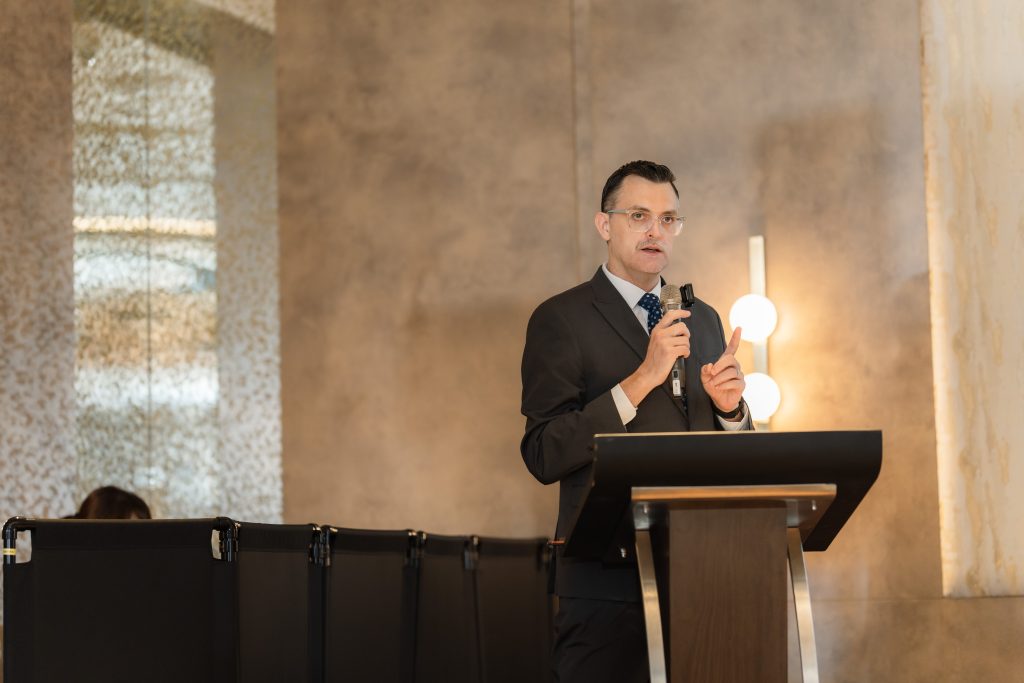Good evening, everyone. Thank you for coming out this evening.
My name is Eryk Michael Smith, and I’m the Chairperson of AmCham Kaohsiung and the co-founder of the Taiwan history podcast Formosa Files. Off and on, I’ve lived in Kaohsiung for over 20 years; first in the late 1980s as the kid of missionary parents, and then in the late 1990s, when I came back in my early twenties.
I was in Kaohsiung at the turn of the millennium, and I watched the epic 2000 presidential election from this city. Looking back, I think that pivotal election was one of the reasons I started getting curious about Taiwanese history – and the more I learned, the more I came to appreciate southern Taiwan, for its district history, culture, and people. I’ll risk sounding cliché: But, yes, I fell in love with the place.
Then, in 2003, I met a Hakka woman from Kaohsiung, and we married in 2005. But, like so many young couples in the south have had to do for far too long, we almost immediately left Kaohsiung and moved north to Taipei for work. Over the next decade, I worked as a journalist and writer for The China Post, ICRT, Next Media, and other media outlets.
Every Lunar New Year, we’d pile the family in the car and head south. And every year, on the drive back north, I’d feel the same tug — wishing I could stay in the south. Finally, in 2015, we did it. My wife and I, now with two young daughters, surprised our Taipei friends and moved back to Kaohsiung. We wanted sunshine instead of drizzle, a break from crowds and sardine-packed MRT cars, and—let’s be honest—a cheaper, more convenient place to raise kids.
Back in Kaohsiung, I dove deeper into history. And every time I told a Taiwan story at a bar or a dinner table, people—locals and foreigners alike—would say, “Wow… never heard that before.” That led to Formosa Files, the Taiwan history podcast I launched in 2021 with John Ross. I am deeply grateful for the support of the Frank C. Chen Foundation – without their sponsorship, the podcast would never have become what it is today: the world’s largest English-language Taiwan history podcast, listened to in at least 150 countries.
We get a lot of messages from a lot of different people: a professor in London, a young Taiwanese person trying to improve their English, an overseas Taiwanese seeking to reconnect with their roots, and even the occasional diplomat or two. And the messages are almost always the same: “thank you for telling Taiwan’s story.”
My co-host, John Ross, lives in Chiayi, and I’m a proud ‘Kaohsiunger,’ so nearly every Formosa Files episode brings things back to the south. The global reception to Formosa Files (which, as noted, are often tales involving southern Taiwan) has taught me something important: first, there’s a global appetite for Taiwan stories. And secondly, southern Taiwan should be part of that conversation.
Last year, I was elected to chair the American Chamber of Commerce in Kaohsiung. I wasn’t picked for my corporate credentials — I don’t have any. The Chamber wanted someone with more of a media background to help raise the organization’s profile. The mission of AmCham Kaohsiung is to provide information and networking opportunities. We’ve come a long way in a short time. In March 2025, we restarted The Kaohsiung International Food Festival, did a joint Canada Day/Fourth of July event on the beach in Qijin, and held several networking mixers.
I’m grateful to a host of people, Jeff Chen and Graham Dart, both on the board of AmCham KH, as well as Cindy Wu, the Executive Chair of AmCham’s International Relations and Public Affairs.
In the roughly one year I’ve been in this role, I’ve discovered something that might seem self-evident: this city is full of incredible people, organizations, and resources. But often, they don’t even know about each other. And worse, almost none of this gets out to a wider audience.
That realization led to a conversation with my old friend, Teddy Lai, CEO of M1 International. I told him Kaohsiung needed an English-language platform of record — a place to tell the stories of southern Taiwan nationally and internationally. Teddy said he’d been thinking about something similar, and reminded me that Kaohsiung’s Filipino community, now at least 28,000 strong, deserves to have its stories told, too.
The Kaohsiung Times is seeking to become a multipurpose, multi-media source of information, a place where the voices of southern Taiwan are front and center – in English.
When Formosa Files started, it was only a podcast, but five seasons later, it’s a bilingual Taiwan history platform with a healthy social media presence and two YouTube channels. We make videos, do interviews, hold events…in short, Formosa Files is now a community.
But Formosa Files is about the past. AmCham, M1 International, and the Kaohsiung Times are about the future. What we have now is a very early-stage website. The plan is to officially launch on January 1st, 2026.
I’ve been talking to a lot of people over the last few months, and I’ve heard about a lot of different needs. Some need a platform for getting info out to the world, some need to better inform people here in Taiwan. So that’s why we invited you this evening – we want your help to create something that perhaps hasn’t ever been done before in Taiwan – an English language media source that relies to a great degree on crowdsourcing.
From City Govt Bureaus to the Kaohsiung American School and from local artists to local politicians – we need all of you to participate.
And we don’t just want your money. Wait. Let me rephrase that. We absolutely do want your money. But not just money…more than that, we want your engagement. Your ideas. Your content. Your stories.
Kaohsiung has come a long way. When I met my wife in 2003, the harbor was literally walled off — some of it topped with barbed wire. In 1998, Lonely Planet wrote, “For many travelers, Kaohsiung will be an overnight stop on the way to Taiwan’s scenic attractions.” –A brutal, but fair review for that time. But people don’t say that anymore.
In fact, with its new cultural venues, infrastructure, and a new economy emerging around AI, green energy, and high-tech manufacturing, the more common thing you hear people say is that Kaohsiung is poised for a new golden age. And I agree.
It’s a good time to live in Kaohsiung. And it’s the right time to launch a southern Taiwan–centric forward-looking platform that will inform the international community here — and a global audience beyond.
I live in Southern Taiwan, and in Kaohsiung specifically – because I love this city. Most of you who are here tonight likely also love Kaohsiung. Even those of you I know who have kindly come down from the Celestial Kingdom this evening have also expressed a fondness for Taiwan’s Southern capital.
Southern Taiwan isn’t an afterthought. Chiayi to Pingtung is home to over 6 million people. It’s where modern Taiwan began, and where much of Taiwan’s future will be written.
We need a media space that is a center for growing connections. I believe that a major way to grow connections is by sharing information. Connections create opportunities, and that means jobs. I look forward to the day when migration isn’t the best option for a young couple from Kaohsiung.
I believe in this city. I’ve seen it reborn. And now it’s rising. Let’s not just watch it happen — let’s be part of it. So, again, thank you for coming tonight. Let’s network, let’s collaborate, and let’s celebrate this city we love.



